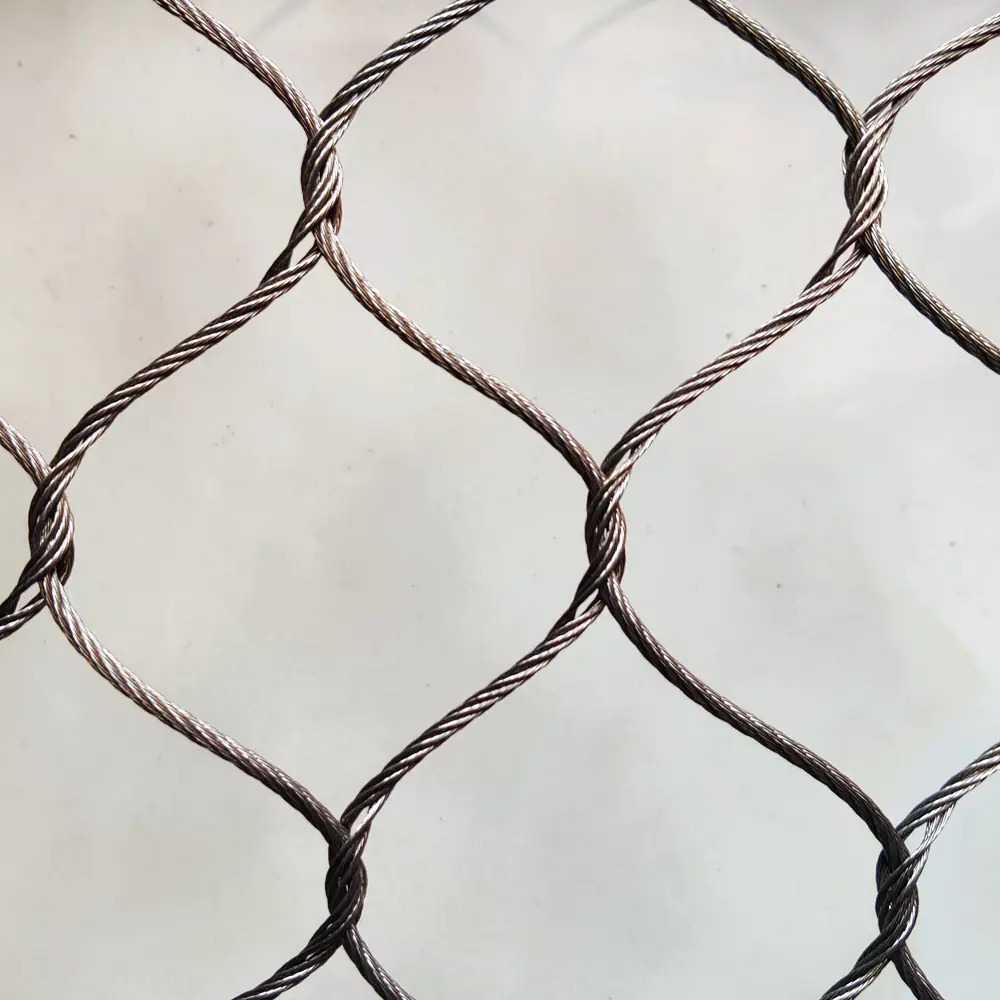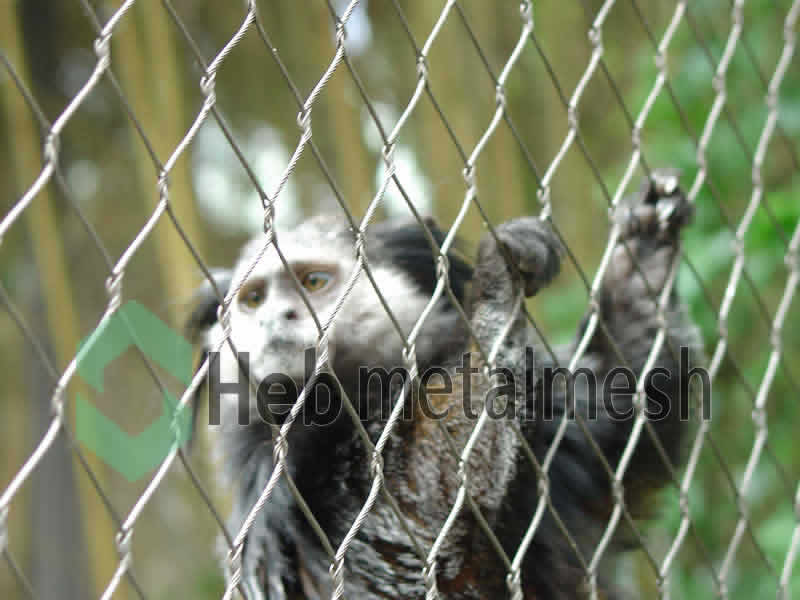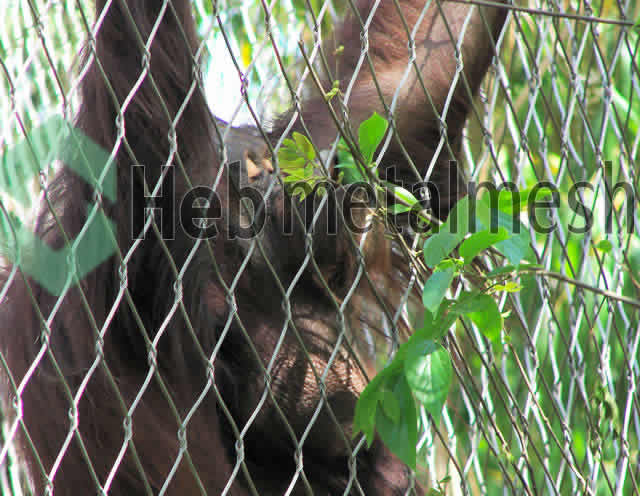Understanding the Need for Fencing for Deer
Deer populations have seen significant growth in recent years, leading to an increasing need for effective fencing solutions. Their presence in residential areas, agricultural landscapes, and natural habitats can pose considerable threats to gardens, crops, and overall property health. Deer are known for their adaptability; they often penetrate easily into cultivated areas, wreaking havoc on plants, flowers, and vegetables essential for personal use or commercial sale.
The impact of deer on agricultural productivity cannot be underestimated. They are voracious feeders and can consume extensive amounts of vegetation, leading to significant economic losses for farmers and gardeners alike. For instance, a single deer can consume an entire field of young crops in just a few days. This situation directly correlates to increased costs for landowners who may need to replace damaged plants and implement recovery measures. Hence, erecting fencing for deer protection becomes a prudent investment to safeguard these cultivated areas.
Moreover, fencing plays a critical role in maintaining ecological balance. Overpopulation of deer can lead to overgrazing, negatively affecting local flora and fauna. By restricting their access to certain areas, fencing not only helps protect cultivated plants but also supports the preservation of diverse ecosystems. In controlled environments, deer can thrive without overwhelming specific habitats, leading to healthier wildlife populations and sustainable landscapes.
Considering the multifaceted challenges posed by deer, property owners should prioritize effective fencing solutions tailored to their specific needs. This practice will not only minimize damage to gardens and crops but will also contribute to the preservation of the surrounding environment, allowing for a harmonious coexistence between wildlife and cultivated areas.

Introducing HebMetalMesh: Your Professional Fencing Solution
HebMetalMesh stands out as a premier provider of handwoven stainless steel netting, specifically designed to meet the needs of effective deer management. With years of experience in the industry, this company has established itself as a leader in building fencing solutions that prioritize both quality and flexibility. Their dedication to craftsmanship is evident in every product they manufacture, offering a range of fencing options tailored to accommodate various landscapes and deer-related challenges.
One of the key features of HebMetalMesh’s offerings is the adaptability of their fencing for deer. The stainless steel netting is designed to withstand the elements while effectively deterring deer from entering protected areas. The company’s innovative approach allows for seamless integration into any property, providing customers with customized solutions that consider specific environmental conditions and deer behavior. Moreover, the handwoven design ensures optimal strength without compromising on flexibility, making it easier to install and maintain over time.
At HebMetalMesh, customer service is paramount. The team is committed to understanding the unique needs of their clients, working closely with them to develop the ideal fencing solution. Their knowledgeable staff is always ready to guide customers through the selection process, ensuring that they choose the right panels or rolls that fit their specific requirements. This level of attention to detail and support reinforces HebMetalMesh’s reputation for excellence in the fencing industry.
In conclusion, if you are exploring fencing options for deer, HebMetalMesh offers a blend of superior product quality, expert craftsmanship, and exceptional customer service. Their many years of experience in creating flexible fencing solutions make them a reliable choice for those looking for effective deer management strategies. Whether for commercial or personal use, HebMetalMesh is dedicated to providing the ultimate fencing solutions tailored to your specific needs.
Product Options: Fencing Panels and Rolls
HebMetalMesh offers a variety of fencing products specifically designed for deer management, catering to both aesthetic and functional needs. Among the most popular options are the handwoven stainless steel fencing panels and rolls, which provide durability and flexibility. These innovative fencing solutions are particularly effective in preventing deer from entering protected areas while maintaining a visually appealing landscape.
The handwoven stainless steel panels are engineered to withstand harsh environmental conditions, ensuring longevity and minimal maintenance. They are available in various sizes, allowing property owners to choose the option that best suits their specific fencing requirements. The inherent flexibility of these panels means they can easily conform to uneven terrains, thereby creating a secure and effective barrier against deer intrusions.
In addition to panels, HebMetalMesh also provides fencing rolls that are ideal for larger properties or uneven landscapes. The maximum roll size available allows for extensive coverage, reducing the need for multiple joints and seams. This not only enhances the structural integrity of the fencing for deer but also simplifies the installation process. Customers can choose from various colors, ensuring that the fence harmonizes with the surrounding environment.
By selecting high-quality fencing products, landowners can protect their gardens, crops, and landscaping from deer damage effectively. The versatility in design and dimensions allows for tailored solutions that meet diverse needs. Furthermore, the stainless steel material enhances the overall strength of the fence, ensuring it remains a reliable deterrent over time. Thus, investing in these products provides not only immediate protection but also long-term peace of mind against deer encroachment.
Determining the Right Height for Deer Fencing
When establishing effective fencing for deer, one of the primary considerations is the height of the fence. This factor is crucial as it directly influences the ability of the fence to deter deer from entering protected areas. Deer are known to be agile creatures capable of jumping impressive heights; thus, understanding their behavior and the recommendations provided by wildlife experts can aid in crafting an appropriate barrier.
Studies suggest that a deer fence should typically stand at least 8 feet high. This height is generally accepted as a standard measurement capable of preventing most species of deer from leaping over. While some deer can clear lower fences if they are motivated, an 8-foot barrier provides a significant deterrent. It is also essential to consider the specific species of deer prevalent in your area, as some may have different jumping abilities. For examples, mature white-tailed deer are known to jump as high as 10 feet, making a taller fence more advantageous in regions where these deer are predominant.
In addition to the physical height of the fence, the construction and materials used also play a critical role in its effectiveness. A solidly built fence with reinforced posts can augur stability, while designs incorporating overhangs or inward sloping tops can further reduce the likelihood of deer jumping over. Furthermore, considering the landscape and whether there are nearby structures or elements that deer could use as launching points can enhance the overall effectiveness of the fencing for deer.
Overall, selecting the right height for deer fencing requires a blend of knowledge about deer behaviors, regional species, and sound construction practices. Implementing an appropriately sized fence not only secures gardens and properties but also sustains the ecological balance, promoting coexistence between human activities and wildlife.
Best Practices for Fencing to Stop Deer
When it comes to establishing a successful fencing system for deer, several best practices are essential for ensuring effectiveness. The primary consideration is the height of the fence. Deer are agile jumpers, and a minimum height of eight feet is generally recommended to deter them effectively. Some species, particularly white-tailed deer, can clear lower fences with ease. Therefore, erecting a taller barrier is crucial to prevent these animals from accessing your garden or landscape.
In addition to height, the design of the fencing plays a significant role in its effectiveness. A properly designed fence should have no gaps that allow deer to slip beneath it. This often involves reinforcing the bottom of the fence with barbed wire or another type of sturdy material. Additionally, keeping the fencing taut and well-maintained is vital for preventing sagging that could create entry points for determined deer. Consider adding an angled top to the fence; this can discourage deer from attempting to jump over, as the slanted surface presents an additional challenge.
Choosing the right materials for fencing is equally important in constructing a proper barrier against deer. Options range from traditional wooden fences to more modern, durable materials like vinyl or even metal fencing. High-tensile wire mixed with fencing boards can also create an effective deterrent. Materials should be weatherproof and resistant to rust, especially if the fence will be exposed to the elements. Using deer-resistant plants near the fencing can also complement your efforts, as the unappealing scent may help deter deer from approaching your property.
By addressing these key aspects—height, design, and materials—you can optimize your investment in fencing for deer and create an efficient barrier that protects your landscape from browsing species. Effective fencing not only enhances property aesthetics but also minimizes damages caused by deer, ultimately leading to a more sustainable gardening experience.
Fencing Solutions for Deer Gardens
When it comes to protecting gardens from deer, choosing the right fencing is crucial. Deer are known to jump high, so ample height should be considered when installing a fence. A minimum height of 8 feet is generally recommended to deter deer effectively. Lower fences may not be sufficient, as deer can clear obstacles that are less than this height. It is important to plan for this height to ensure your garden remains protected from these persistent animals.
There are several types of fencing materials suitable for this purpose. One popular option is woven wire fencing, which not only provides the necessary height but also allows visibility and ventilation, which can be beneficial for plants. Additionally, electric fencing is an innovative choice that acts as both a physical barrier and a psychological deterrent, as deer are often wary of electric shocks. This type of fencing can be installed around the perimeter of the garden to create an effective barrier without obstructing views.
Aside from selecting the appropriate fencing types, additional protective measures can enhance garden security. One such method involves combining fencing with physical deterrents such as motion-activated sprinklers, noise devices, or even the use of repellents, which can make your garden less appealing to deer. These strategies work synergistically with fencing, increasing the overall effectiveness of the protection plan. Furthermore, maintaining landscape features such as low vegetation along the garden’s perimeter can help to limit deer access and visibility, thus further reducing the likelihood of deer invasion.
Implementing effective fencing solutions for deer gardens requires careful consideration of height, material, and additional protective measures. By ensuring that all these aspects are addressed, gardeners can significantly reduce the risk of deer damage to their precious plants.
Ensuring Deer Protection with HebMetalMesh Fencing
When it comes to fencing for deer, selecting a product that guarantees durability and effectiveness is paramount. HebMetalMesh fencing stands out as an ideal choice, specifically designed to withstand the challenges posed by deer and their natural behaviors. One significant aspect of HebMetalMesh fencing is its robust construction, which is crucial in providing an unyielding barrier against wildlife. The materials used in these fences are engineered to resist rust, corrosion, and wear, ensuring that they maintain their strength over time.
The environmental factors that can affect fences, such as harsh weather conditions, are well accounted for in HebMetalMesh designs. Heavy rain, snow, and extreme temperatures can compromise standard fencing solutions; however, the engineered resilience of HebMetalMesh allows it to endure these challenges. This robustness means that once installed, the fencing system is likely to require less maintenance, resulting in long-term cost savings while providing persistent protection against deer encroachment.
Investing in quality fencing is not merely a short-term solution, but a long-term strategy for landowners looking to protect their gardens and crops. The financial outlay associated with high-quality HebMetalMesh fencing translates into a significant reduction in potential losses caused by deer damage. Therefore, choosing fencing for deer that incorporates the durability and resistance of HebMetalMesh products can greatly enhance the integrity of one’s property. Additionally, the aesthetic appeal of HebMetalMesh can complement various landscapes, providing both function and form in managing wildlife interaction effectively.
Ultimately, the advantages offered by HebMetalMesh fencing illustrate a wise investment choice, ensuring both the protection of valuable resources and the preservation of the environment.
Customization and Flexibility in Fencing Solutions
When considering fencing for deer, one of the most significant aspects is the customization and flexibility that various fencing solutions offer. Landowners often have unique property characteristics and specific requirements, making tailored options essential for effective deer control. Different terrains, sizes, and aesthetic preferences demand that fencing solutions be adaptable, ensuring they meet the needs of each individual property.
One prime consideration in customizing fencing is the size. Fences should be constructed at a height that effectively deters deer from jumping over. Typically, a height of eight feet is recommended, but depending on local deer behavior and your property’s specific challenges, adjustments can be made. This flexibility allows property owners to create a secure barrier that fits their particular situation, reducing the risk of deer-related damage.
In addition to height, features such as gate design, fencing material, and spacing between posts can be tailored to align with the property’s needs. Utilizing materials like wood, wire, or composite can enhance the durability of the fencing for deer while also allowing for design aesthetics that complement the scenery. Moreover, gate design can be customized not just for utility but to enhance the property’s appearance while ensuring ease of access through the fenced area.
Moreover, some fencing solutions offer modular designs, which enable property owners to easily expand or modify the fence structure as needed. This adjustment capability is vital for evolving land uses or changing wildlife patterns. Whether adding extensions or altering designs, these solutions provide both flexibility and longevity, ensuring that the fencing for deer continues to meet the demands of a property over time.
Overall, the customization options available in fencing for deer not only promote effectiveness but also ensure that the solution fits seamlessly within the specific property context. By integrating personalized elements, landowners can create a more functional and aesthetically pleasing barrier against deer intrusions.
Conclusion
Investing in quality fencing solutions is essential for effective deer management. The challenges posed by deer can lead to significant damage to gardens, crops, and properties, making it imperative for landowners to consider reliable fencing options. Fencing for deer not only provides a physical barrier but also contributes to the long-term sustainability of landscaping and agricultural endeavors.
Quality fencing is a worthwhile investment that should not be taken lightly. When selecting fencing materials and designs, it is crucial to assess the specific needs of your property and the particular deer species in your area. Many landowners opt for high-quality materials that can withstand harsh weather conditions and the persistent pressure exerted by deer populations. This ensures that the fencing remains functional and effective over time, reducing the need for frequent repairs or replacements.
Moreover, when choosing fencing for deer, it’s important to consider the various styles available, including tall, sturdy fences that can deter even the most agile deer. Electric fencing can also be an effective option, providing a humane and efficient means of keeping deer away from critical areas. Engaging with reputable suppliers, like HebMetalMesh, can provide insights and expertise on constructing fences that not only meet safety standards but also adhere to aesthetic values.
Ultimately, taking the time to invest in quality fencing equates to a proactive approach to deer management. By prioritizing effectiveness and durability, landowners can enjoy the benefits of their landscapes without the constant threat of deer intrusion. A thoughtful assessment of fencing options will yield long-term advantages, ensuring a peaceful coexistence with wildlife while protecting valuable land. This investment is not just about today but is a commitment to future success in managing deer populations sustainably.


